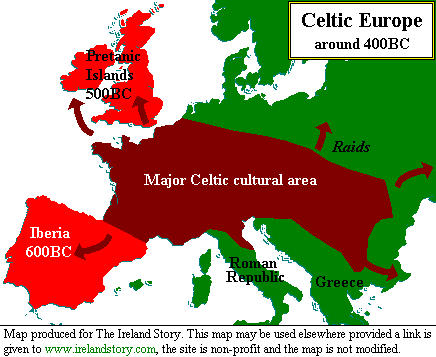
Druids were an important social class in Celtic societies, connected to rituals and teaching, although not much is known about them due to their culture being mostly orally passed down. Most writings about them stem from the Romans such as Julius Caesar in his Gallic War in which he called them druidae. The Celts lived in modern-day Germany, France, Britain and in the Balkans (Johnston, 2020). Major Celtic groups included the Gauls, the Britons, the Picts and the Gaels amongst others. In the Alexandrian school of writers druids are described as philosophers or “barbaric sages” (Johnston, 2020). Polyhistors ascribed their wisdom, philosophy and a deep understanding of the natural world. Soon their imagery was created as highly educated, secretive and occult figures.

This image stems from Henry Rowlands’ Mona Antiqua Restaurata (1723) and represents an archdruid with a long beard, sandals and a robe, holding a staff and mistletoe which are seen as iconic elements of druids. The robe especially, had not been documented in contemporary sources and was most likely a mix between an upper-class Roman toga and Christian monk robes. Interestingly, many wizards sport a similar look to the typical druid imagery. Early vernacular Celtic mythology and tales about druids are infused with the image of the magician and wizard as a wise and magical man with a long beard and robe. This image has strongly impacted the modern understanding of druidic practices and has inspired many secret societies in Britain. Sometimes druids are seen as a national symbol of pride amongst Brits, especially in esoteric circles and believers of Wicca.
.png)